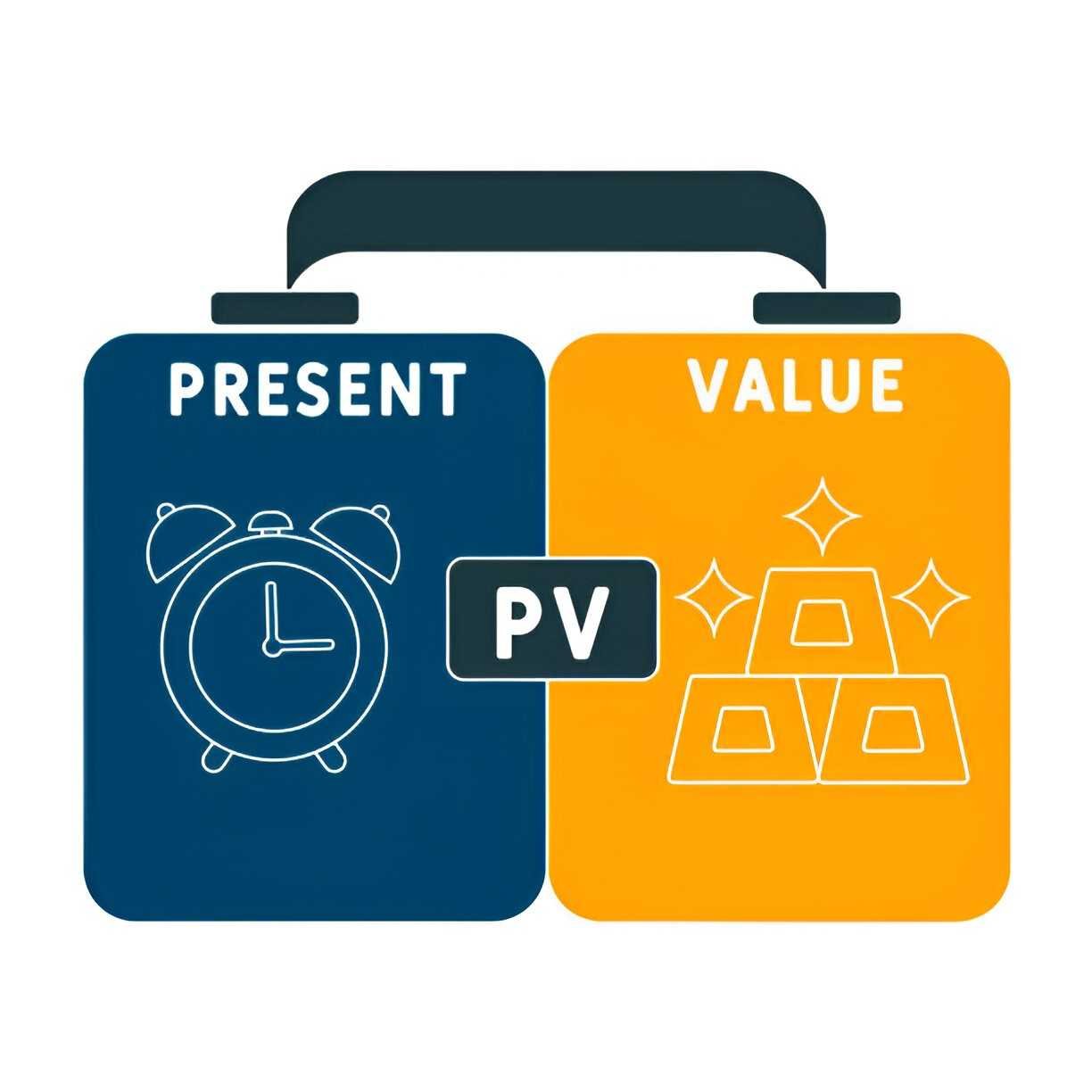Financial valuation is a cornerstone of investment decisions, corporate finance, and personal financial planning. One of the most fundamental concepts in this domain is the present-value factor (PVF), which helps us determine the current worth of future cash flows. In this article, I will dissect the mechanics of PVF, explore its mathematical foundations, and demonstrate its real-world applications.
Table of Contents
What Is the Present-Value Factor?
The present-value factor is a multiplier used to discount future cash flows back to their present value. It accounts for the time value of money (TVM), which states that a dollar today is worth more than a dollar tomorrow due to its earning potential.
The formula for PVF is:
PVF = \frac{1}{(1 + r)^n}Where:
- r = discount rate (or interest rate)
- n = number of periods
Why the Present-Value Factor Matters
Understanding PVF is crucial because it allows investors and financial analysts to:
- Compare investment opportunities with different time horizons.
- Assess the fair value of bonds, annuities, and other financial instruments.
- Make informed capital budgeting decisions.
The Mathematics Behind PVF
Let’s break down the formula further. Suppose I expect to receive $1,000 five years from now, and the discount rate is 5%. The present value (PV) of this future amount is calculated as:
PV = FV \times PVF = 1000 \times \frac{1}{(1 + 0.05)^5} = 1000 \times 0.7835 = 783.53This means $1,000 received five years later is equivalent to $783.53 today, assuming a 5% annual return.
Present-Value Factor vs. Future-Value Factor
While PVF discounts future cash flows to the present, the future-value factor (FVF) does the opposite—it compounds a present amount into the future. The relationship is inverse:
FVF = (1 + r)^n PVF = \frac{1}{FVF}Present-Value Factor Tables
Before financial calculators and spreadsheets, analysts relied on PVF tables to simplify calculations. Below is an excerpt:
| Period (n) | 1% | 5% | 10% |
|---|---|---|---|
| 1 | 0.9901 | 0.9524 | 0.9091 |
| 5 | 0.9515 | 0.7835 | 0.6209 |
| 10 | 0.9053 | 0.6139 | 0.3855 |
For example, if I need the PVF for 5 years at 5%, I locate the intersection of row 5 and column 5%, yielding 0.7835.
Applications of PVF in Real-World Scenarios
1. Bond Pricing
Bonds pay fixed coupons, and their prices are determined by discounting these future payments. Suppose a 5-year bond pays $50 annually with a face value of $1,000 at maturity. If the market yield is 6%, the bond price is:
Price = \sum_{t=1}^{5} \frac{50}{(1 + 0.06)^t} + \frac{1000}{(1 + 0.06)^5}Breaking it down:
- Year 1-5 coupon PV: 50 \times (0.9434 + 0.8900 + 0.8396 + 0.7921 + 0.7473) = 210.62
- Face value PV: 1000 \times 0.7473 = 747.30
- Total bond price: 210.62 + 747.30 = 957.92
2. Capital Budgeting
Businesses use PVF to evaluate projects. If a company expects a project to generate $10,000 annually for 3 years with a 7% cost of capital, the present value is:
PV = 10000 \times \left( \frac{1}{1.07} + \frac{1}{1.07^2} + \frac{1}{1.07^3} \right) = 10000 \times 2.6243 = 26,243If the project costs less than $26,243, it’s worth pursuing.
3. Retirement Planning
PVF helps determine how much I need to save today to meet future financial goals. Suppose I want $500,000 in 20 years, and the expected return is 8%. The required present investment is:
PV = 500000 \times \frac{1}{(1 + 0.08)^{20}} = 500000 \times 0.2145 = 107,250Limitations of PVF
While PVF is powerful, it has constraints:
- Assumes a constant discount rate, which may not hold in volatile markets.
- Ignores risk variability—different cash flows may carry different risks.
- Sensitive to rate changes—small variations in r significantly alter PV.
Comparing PVF with Other Valuation Metrics
| Metric | Purpose | Formula |
|---|---|---|
| PVF | Discounts single future cash flow | \frac{1}{(1 + r)^n} |
| NPV | Evaluates project profitability | \sum \frac{CF_t}{(1 + r)^t} - Initial Cost |
| IRR | Finds break-even return rate | Solves NPV = 0 |
Conclusion
The present-value factor is a linchpin in financial valuation, enabling precise comparisons of cash flows across time. Whether I’m pricing bonds, assessing investments, or planning retirement, mastering PVF ensures sound financial decisions. While it has limitations, its foundational role in finance remains unchallenged.





